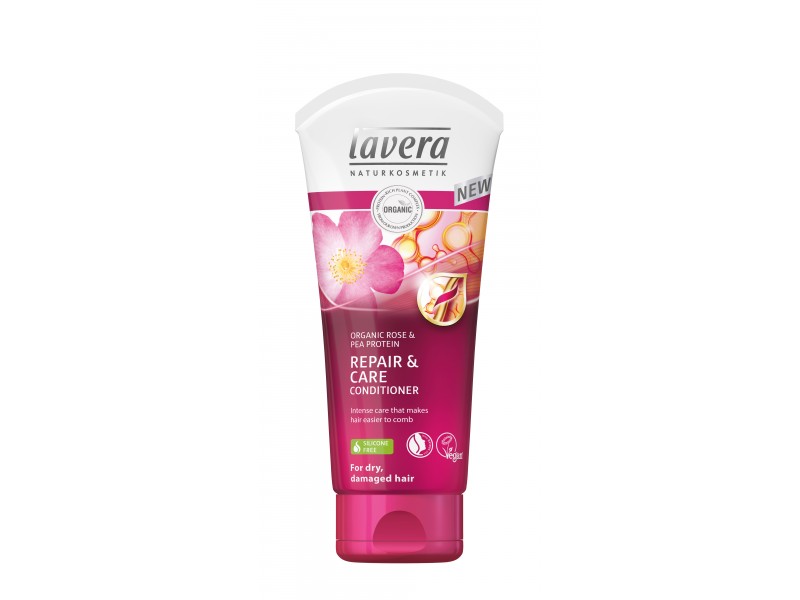lavera Repair & Care Condtioner strengthens the structure of your hair and leaves it feeling smooth and supple. Its innovative formulation with organic rose blossom water and pea protein provides your hair with important nutrients in a natural way, while tarfeting and repairing damage.
- Strengthens hair structure
- Hair is immediately easier to comb
100% certified natural cosmetics
100% certified natural cosmetics with high-qulaity organic plant ingredients
100% free of silicone, paraffin, phthalate, plastic microbeads and mineral oil
100% free of parabens, GMO-free
100% free of synthetic fragrances, colourants and preservatives
Skin compatibility of all lavera products dermatologically approves lavera is actively engaged against animal testing.
Organic rose: moisturises, smoothes and has a repairing effect on hair structure.
Pea protein: moisturises and leaves hair soft, supple and easier to comb whether wet or dry.
200ml
| Alcohol | Humans have used alcohol in many forms for thousands of years. It has been used for various purposes: drinks, medicine, and as a solvent for essential oils and other substances. Due to its antiseptic qualities, alcohol is also used as a preservative. Natures Children uses denatured alcohol which is natural ethyl alcohol mixed with other substances (denaturants), making it unusable for drinking. |
| Benzyl salicylate | This is a fragrance additive with a mild odour slightly balsamic or floral. It is a fixative for perfumes. |
| Betaine | This is a small amino acid widely found in plant juices and extracts. It was named after its discovery in sugar beet (Beta vulgaris) in the 19th century. Amino acids carry out many important bodily functions, such as giving cells their structure. They also play a key role in the transport and storage of nutrients. Betaine is anti-inflammatory, anti-ageing and strengthens hair. |
| Cetyl alcohol | Called a fatty alcohol many years ago, when it was harvested from sperm whales, now an endangered species. In Natures Children be sure it comes from vegetable oil. It works as an emollient, emulsifier, thickener and carrying agent for other ingredients contained in a cosmetic solution. Not to be confused with ‘normal’ alcohol which when overused can be drying. Cetyl alcohol is well known to effectively condition and soften the skin and hair. |
| Citral | The older name for citral is lemonal which gives the clue that it is a natural constituent of lemon peel oil. It occurs in the volatile or essential oils of lemongrass, lemon, orange, lime, and pimento and others. It is one of the main characteristic flavours in the citrus family, alongside limonene, and similarly a few people become irritated by it, so in isolation it is considered an allergen. |
| Citronellol | This natural component of many essential oils has a sweet rose-like scent. These oils include rose, geranium, neroli, chamomile, tagetes, lemongrass, basil and lavender. Citronellol is used in the formulation of bath products, bubble baths, cleansing products, hair care products, moisturizers, perfumes and skin care products. |
| Geraniol | It is the primary natural constituent of rose, palmarosa and citronella essential oils, providing their characteristic smell. It also occurs in small quantities in geranium, lemon and many other essential oils. As smell and taste are closely related, geraniol is used in flavours such as peach, raspberry, grapefruit, red apple, plum, lime, orange, lemon, watermelon, pineapple and blueberry. It is listed as an allergen for people sensitive to it. |
| Glycerin | More properly known as glycerol. It is the natural molecular backbone to all lipids or oils and fats. It is used as a means of improving smoothness, providing lubrication or slippage and as a humectant, meaning it holds water so acting as a moisturiser. Natures Children only use vegetable glycerine not the form obtained from animal fat or synthetics. |
| Glyceryl stearate | Usually derived from palm kernel, vegetable or soya oil and found naturally in humans. Used as an emulsifier it also easily penetrates the skin and slows the loss of water from the skin. |
| Glycine soja oil | Obtained from the beans of the wild soybean plant, which is native to East Asia. It is a potent antioxidant, very healthy, and has zero cholesterol and minimal fat. One of glycine soja extract’s components – Genistein – has been shown to stimulate the skins production of collagen which in turn increases its elasticity and a youthful appearance. Moreover, glycine soja is also useful for cleansing. Natures Children especially use it for its molecular properties as it makes an emulsifier, which enables it to reduce the surface tension on oily molecules. This allows water molecules to mix with the oil and create a unique washing oil. |
| Helianthus annuus seed oil | This is sunflower oil, best known for its high beta-carotene content, a fat-soluble compound found in a various vegetables and fruits. The material has many antioxidant properties which are greatly beneficial for human health, especially skin care. The essential fatty acids contained in sunflower can prevent skin problems including sunburn and dermatitis, acne issues and this natural oil creates a protective layer to prevent contact with bacteria. |
| Leuconostoc/radish root ferment filtrate | This is a preservative system based upon a Korean food called kimchi, a powerful bactericide. |
| Linalool | Linalool is a natural substance with a soft, sweet odour. It occurs naturally in many essential oils, such as ho wood oil, tangerine, spearmint, rose, neroli, mandarin, lemon, lime, lavender etc – it is very common. A small number of people have allergic responses to specific fragrance materials, such as linalool, so this name is found on lists of allergens. |
| Parfum | A generic word which under EU law is required to identify any product which is used to supply fragrance or aroma to a cosmetic. Parfum can be natural or synthetic or a blend of essential oils. Sometime those products and manufacturers who want to seem ultra-natural dodge this word and try to list individual components, such as essential oils. However, if added for fragrance they should legally be called parfum. If added for aromatherapy or medicinal reasons then this comes under different legalisation, such as the medicines act. |
| Persea gratissima (avocado) oil | This oil is very emollient with antioxidant properties and is a good source of skin repairing fatty acids and antioxidants. It adds a rich touch to products and the oil has a remarkable ability of containing water in the skin, so it remains supple. |
| Vanilla planifolia fruit extract | One of the world’s favourite flavours. It is widely used in perfumery but the seed pod of this orchid has many valuable properties. The fragrance comes from an active ingredient – “vanillin”, found in crystals within the beans. It has strong anti-oxidant properties and both medicine and skincare benefit, as many issues stem from oxidative stress in the body. Children’s skin, being formative, has special needs. |
| Xanthan gum | It is produced by the fermentation of glucose, sucrose, or lactose. After a fermentation period, the polysaccharide is powdered and used as a food additive and thickening modifier, in salad dressings, for example as well as in cosmetics to make a cream thicker with more body. |
| Aqua | Water. There is an internationally agreed nomenclature for all cosmetic ingredients (INCI). Latin is often used, such as in this case where aqua simply means ‘water’ in Latin. |
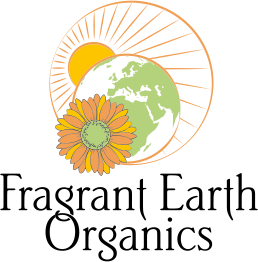
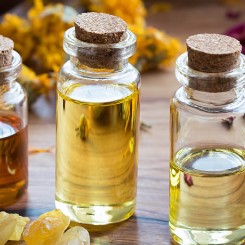 Essential Oils
Essential Oils
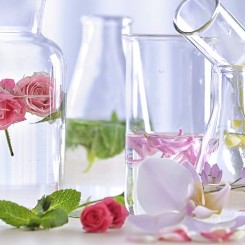 Hydrolats, Hydrosols, Floral Waters
Hydrolats, Hydrosols, Floral Waters
 Synergies
Synergies
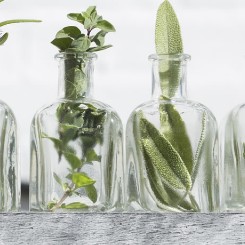 Herbal Oils
Herbal Oils
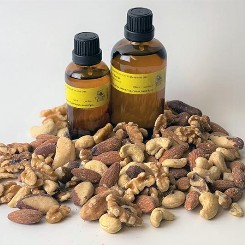 Vegetable Oils
Vegetable Oils
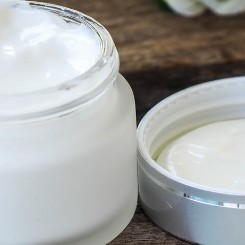 Bases
Bases
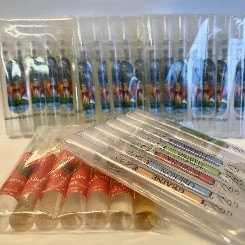 Books, Kits and Trial Packs
Books, Kits and Trial Packs
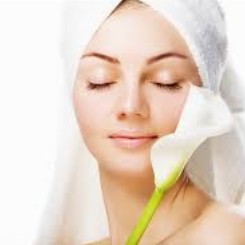 Skincare
Skincare
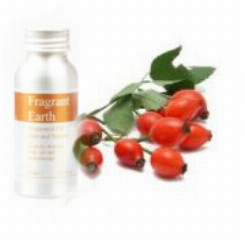 Body Care Oils
Body Care Oils
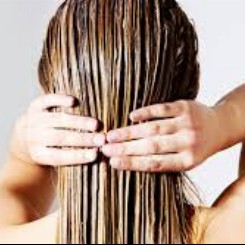 Hair Care
Hair Care
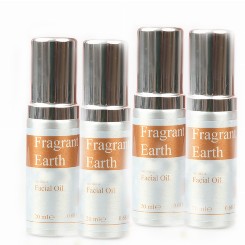 Facial Oils
Facial Oils
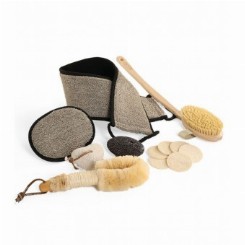 Eco Bath
Eco Bath
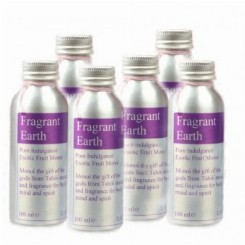 Pure Indulgence
Pure Indulgence
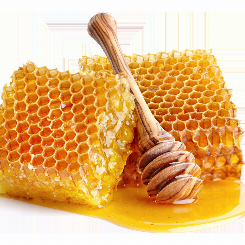 Honey, Beeswax & Propolis
Honey, Beeswax & Propolis
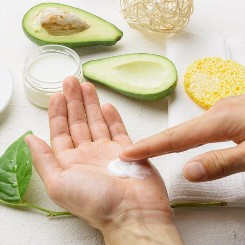 Handcream
Handcream
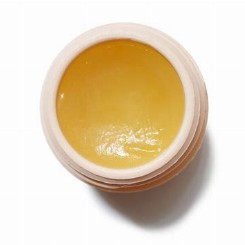 Balms, Salves & Ointments
Balms, Salves & Ointments
 Oral Care
Oral Care
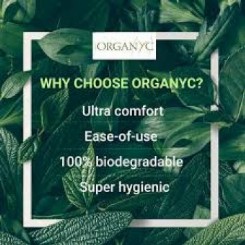 Feminine Hygiene
Feminine Hygiene
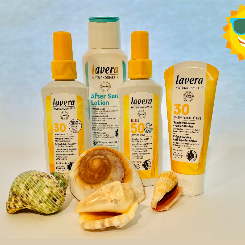 Sun Care
Sun Care
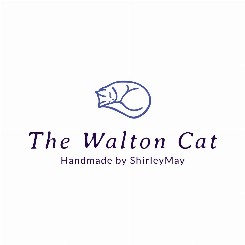 The Walton Cat
The Walton Cat
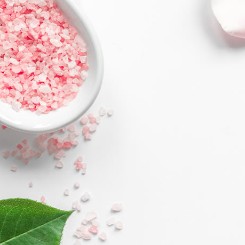 Bath Salts
Bath Salts
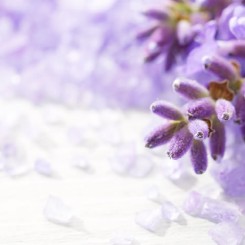 Somerset Lavender
Somerset Lavender
 Diffusers
Diffusers
 Candles
Candles
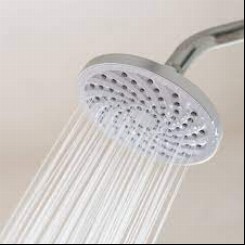 Shower Gel
Shower Gel
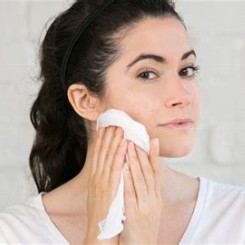 Soap
Soap
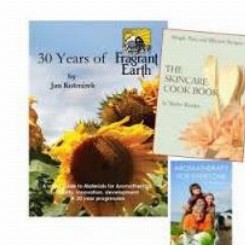 Books
Books
-245x-245x.jpg) Aromatic Waters
Aromatic Waters
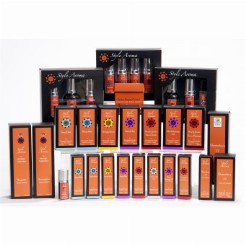 Style Aroma
Style Aroma
 Synergy Blends
Synergy Blends
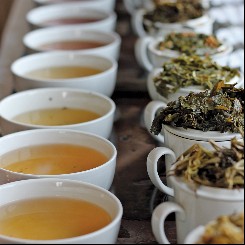 Miles Speciality Teas & Coffees
Miles Speciality Teas & Coffees
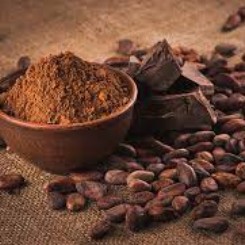 Chocolate one of life's passions
Chocolate one of life's passions
